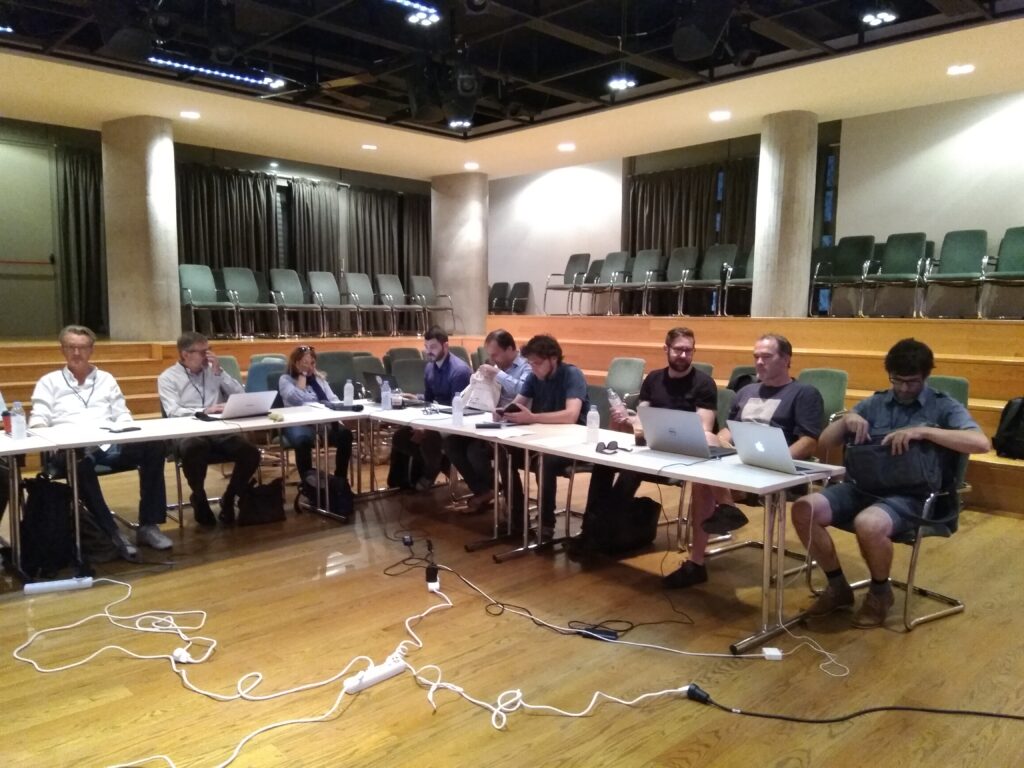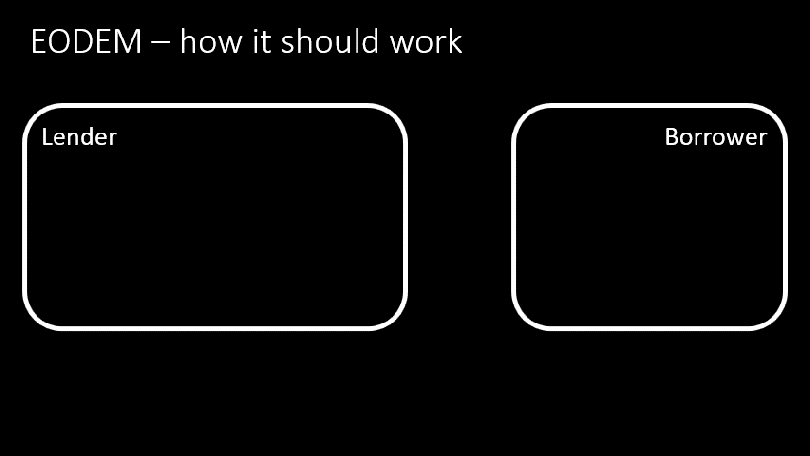EODEM: Le modèle d’échange de données sur les objets d’exposition (Novembre 2021)

Every day, museum staff working on loans and exhibitions across the world spend a huge amount of time copying and pasting – or, worse, retyping – object information between collections management systems (CMSs) and forms or emails. The CIDOC Documentation Standards Working Group (DSWG) is trying to save them time.
How? By developing an Exhibition Object Data Exchange Model (EODEM), which will make it possible to export object exhibition data from a lender’s CMS at the touch of a button, and import that data into a borrower’s system – produced by a different software vendor – just as easily.

The project began with a conversation between Rupert Shepherd, Jonathan Whitson Cloud and Zetcom’s Norbert Kanter at the CIDOC awayday to Turin during the 2016 ICOM Triennial. A workshop at the 2017 CIDOC conference (Tbilisi) assembled lists of the information that EODEM would need to share, and a meeting of software vendors at the 2018 conference (Heraklion) agreed that the project was viable, reviewed the list of units of information from Tbilisi, and resulted in the first draft of the EODEM data profile.

Since then, a small working group drawn from the DSWG and several software vendors has been meeting online. We’ve finalised our list of units of information, agreed to use LIDO as our data exchange format, and mapped our units of information to a LIDO XML document. We’d like to thank the LIDO Working Group (LIDO WG), who helped us with our data mapping, made changes to the new version (LIDO 1.1) to accommodate some of our requirements, and added terms to LIDO Terminology; the Getty Vocabulary Program, who added several terms to the AAT for us; and Collections Trust, who have added new candidate units of information to Spectrum and set up a PURL system to refer to Spectrum units.
We’re now converting our initial definition documents into a formal LIDO profile, helping the LIDO WG and KONDA project establish a format for defining LIDO profiles as we go. We’re extremely grateful to Richard Light for the work he’s doing to set up and test the XML document and associated stylesheets which will contain the profile, and present it in more human-readable formats.

Once that’s done, we can release our specification as a public beta and hand it over to CMS vendors to develop EODEM importers and exporters for their programs. We hope to use their initial feedback to finalise the EODEM profile, so that we can release it as a definitive standard.
Whilst we want the model to be incorporated into as many CMSs as possible, this will be a slow process: we need to persuade vendors to incorporate it into their systems, which must then be rolled out to users – and we all know how long it can take museums to upgrade to the latest version of their CMS. But I’m pleased to say that nine vendors are already either developing, or planning to develop, an EODEM exporter – and four are working on an importer, too.
You can read more here. If you’re interested in collaborating in the EODEM project – particularly if you want to implement EODEM in a collections management system – please get in touch with Rupert Shepherd using the Contact page on his website.